When we utilize any gadget or means of comfort we know that these devices consume energy. But the energy is not utilized by devices. Some of the energy is lost in the form of friction or heat. For example when we are exploiting the power of computer processor chips, car engines or electric power plants there is a necessity of getting rid of excess heat otherwise the equipments will not perform at their optimal level. Now researchers are thinking about using this waste energy. Peter Hagelstein is the co-writer of this concept and an associate professor of electrical engineering at MIT. His paper was published in the November 2009 issue of the Journal of Applied Physics.
If this wasted energy is cleverly harnessed we might double the use of cell phones talk time without plugging them again and again for recharging. The same could be the case with our laptops; we don’t have to recharge them frequently and their wear and tear could be reduced too. The overworked and overloaded poor power plants can shell out more power if their wasted heat energy can be utilized.
 Hagelstein is of the view that current solid-state devices that utilize excessive heat and convert it into electricity are not very efficient. He is working with his graduate student Dennis Wu as part of his doctoral thesis to find out a practically dependable heat energy converter that doesn’t carry forward its predecessor’s disadvantages. They are gunning for a realistic technology that could come to achieving the theoretical limits for the efficiency of such conversion.
Hagelstein is of the view that current solid-state devices that utilize excessive heat and convert it into electricity are not very efficient. He is working with his graduate student Dennis Wu as part of his doctoral thesis to find out a practically dependable heat energy converter that doesn’t carry forward its predecessor’s disadvantages. They are gunning for a realistic technology that could come to achieving the theoretical limits for the efficiency of such conversion.
Theory postulates that such energy conversion can never go over a precise value called the Carnot Limit. Carnot Limit was established in 19th-century. It is a formula for determining the utmost efficiency that any machine can achieve in converting heat into work. But the fact is in practice we have only achieved about one-tenth of that limit. Hagelstein working in close association with Yan Kucherov carried out experiments by going for a different technology. They have achieved the enviable efficiency as high as 40 percent of the Carnot Limit. Moreover, their statistics exhibit that this new kind of system could ultimately reach as much as 90 percent of that ceiling.
Hagelstein, Wu and others didn’t try to improve upon existing devices. They started afresh without any past baggage. They make use of a very simple system in which power was generated by a single quantum-dot device. That device is a type of semiconductor in which the electrons and holes are very securely restricted in all three dimensions. So they tried to understand all the features of the device. This helped them in understanding better all the aspect of such machine.
Hagelstein says that he doesn’t merely want to convert heat into energy but he wants to achieve this by getting lots of energy in return. He also admits that current technology is available to harness heat power, but with a catch. It is known as high-throughput power. It converts heat from a less efficient system and you get more energy. But this is larger and more expensive system. According to Hagelstein “It’s a tradeoff. You either get high efficiency or high throughput.” But the team found that using their new system, it would be possible to get both at once.
Hagelstein and his team studied a recent paper published by MIT professor Gang Chen carefully. They talked about lessening the gaps between hot surface and the conversion device. They suggested this arrangement as very crucial for improving the output. Gang Chen claimed that heat transfer could take place between very closely spaced surfaces at a rate that is orders of magnitude higher than predicted by theory. The new report admits going a step further that heat can not only be transferred, but converted into electricity so that it can be harnessed.
Robert DiMatteo heads a company, MTPV Corp. (for Micron-gap Thermal Photo-Voltaics). DiMatteo is willing to commercialize Hagelstein’s new idea. He is quite hopeful that the technology developed by his company could yield a tenfold improvement in output power over existing photovoltaic devices. He plans to market this technology next year. At the same time Hagelstein’s work would give the required push and an additional tenfold or greater improvement is possible.
DiMatteo presents his stats and says that worldwide, when we consume fuel or a powerhouse generates electricity nearly 60 percent of all the energy is wasted. This waste is generally in the form of heat. 60% is substantial amount. DiMatteo is now hopeful that this technology could “make it possible to reclaim a significant fraction of that wasted energy.”
Hagelstein is of the opinion, “There’s a gold mine in waste heat, if you could convert it. A lot of heat is generated to go places, and a lot is lost. If you could recover that, your transportation technology is going to work better.”


 Follow
Follow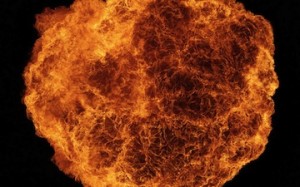
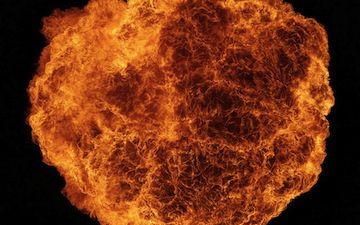
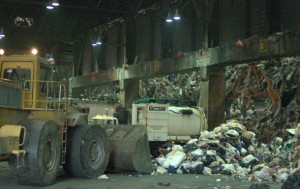
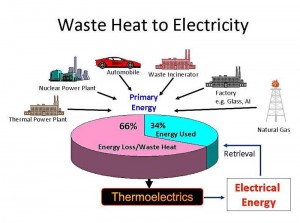
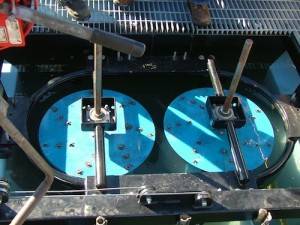
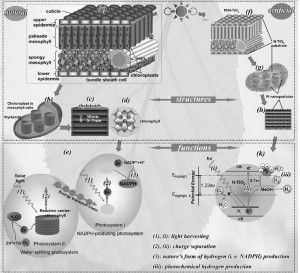
 Hagelstein is of the view that current solid-state devices that utilize excessive heat and convert it into electricity are not very efficient. He is working with his graduate student Dennis Wu as part of his doctoral thesis to find out a practically dependable heat energy converter that doesn’t carry forward its predecessor’s disadvantages. They are gunning for a realistic technology that could come to achieving the theoretical limits for the efficiency of such conversion.
Hagelstein is of the view that current solid-state devices that utilize excessive heat and convert it into electricity are not very efficient. He is working with his graduate student Dennis Wu as part of his doctoral thesis to find out a practically dependable heat energy converter that doesn’t carry forward its predecessor’s disadvantages. They are gunning for a realistic technology that could come to achieving the theoretical limits for the efficiency of such conversion.